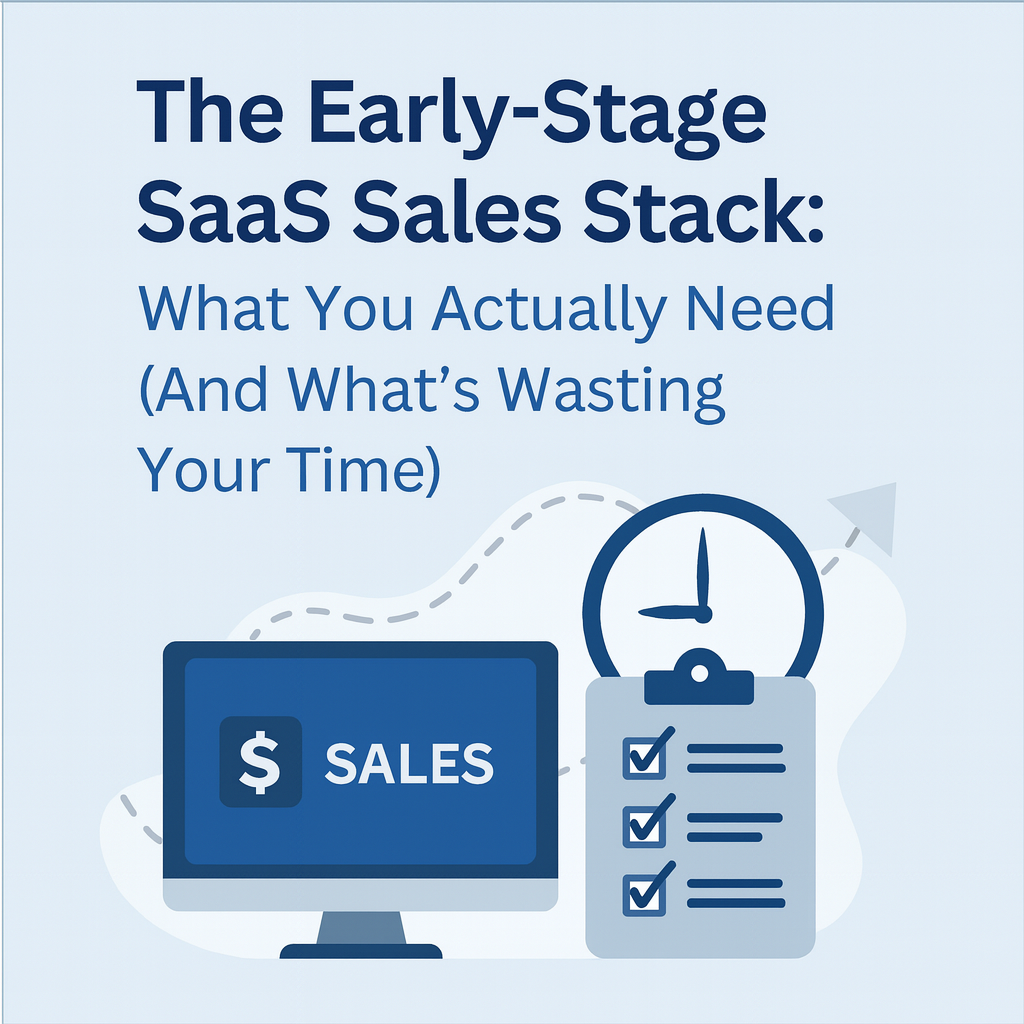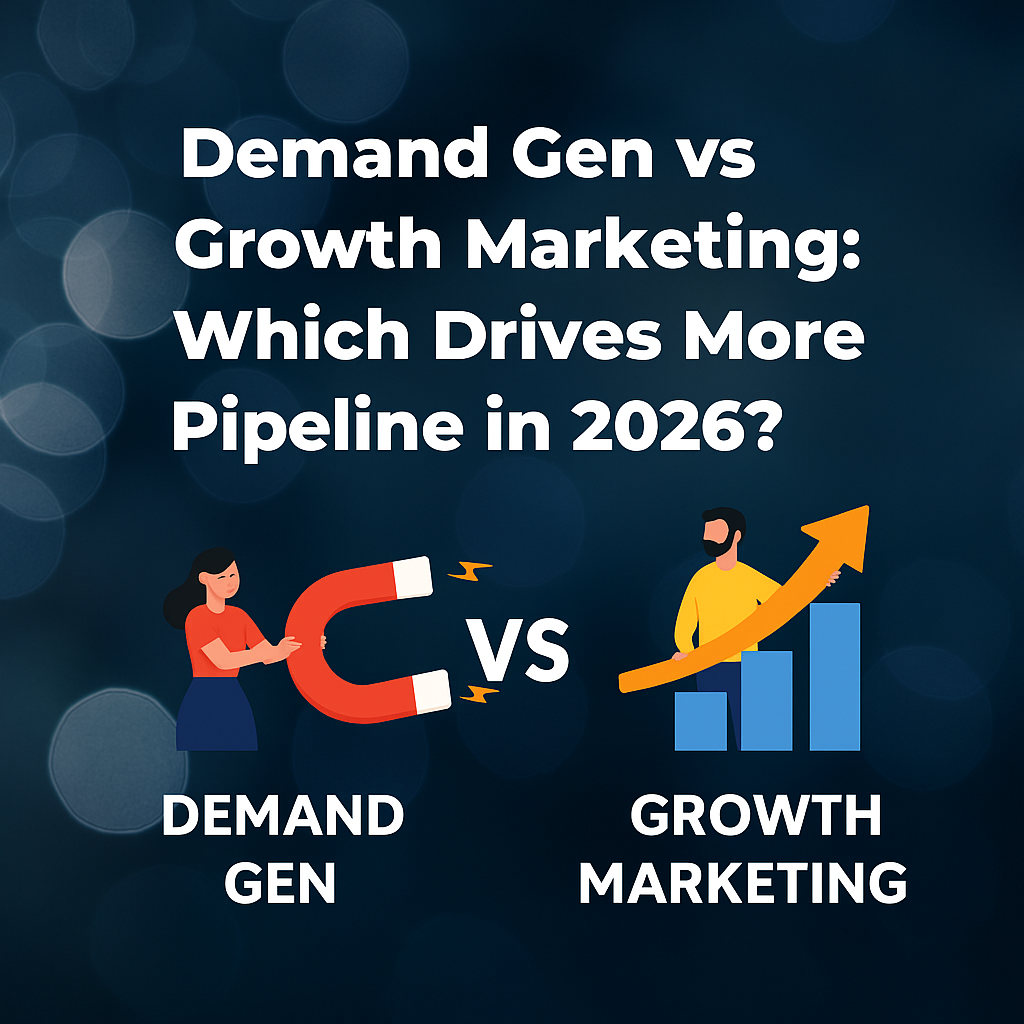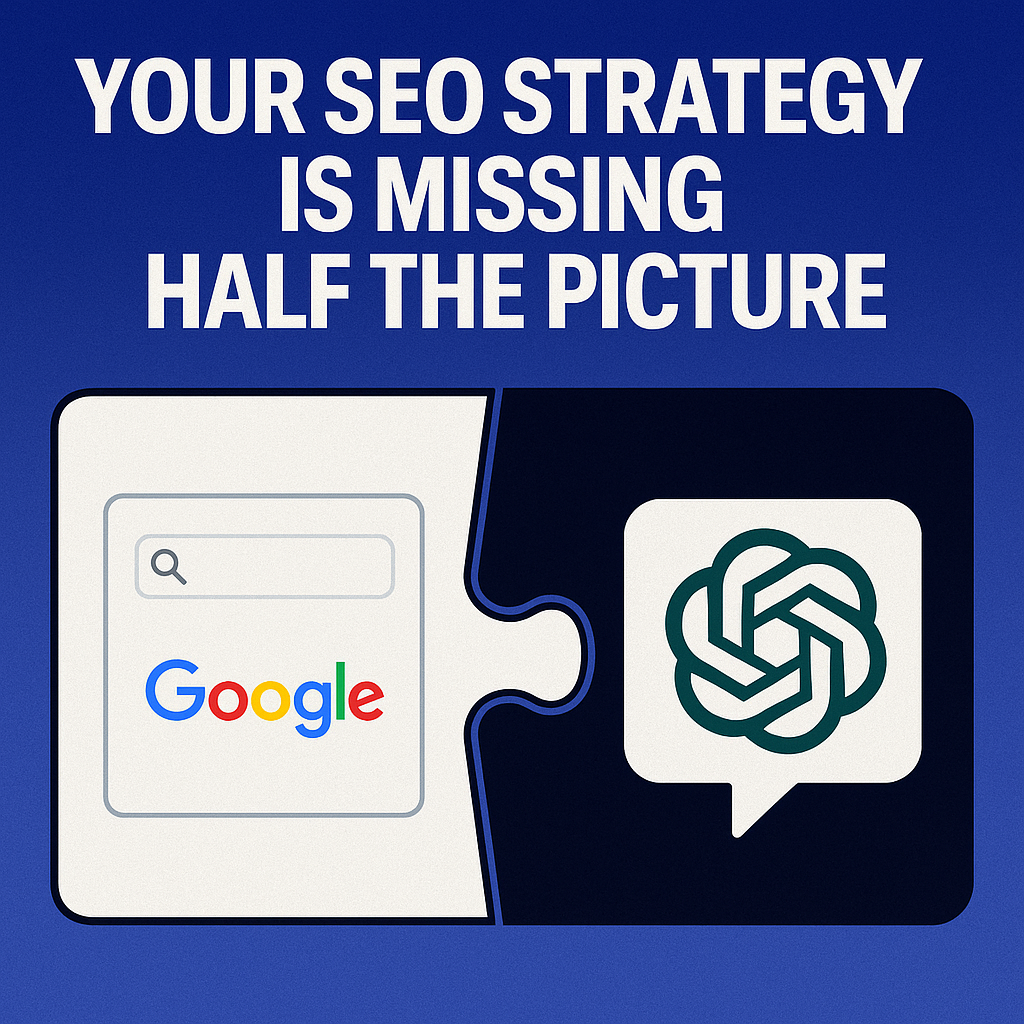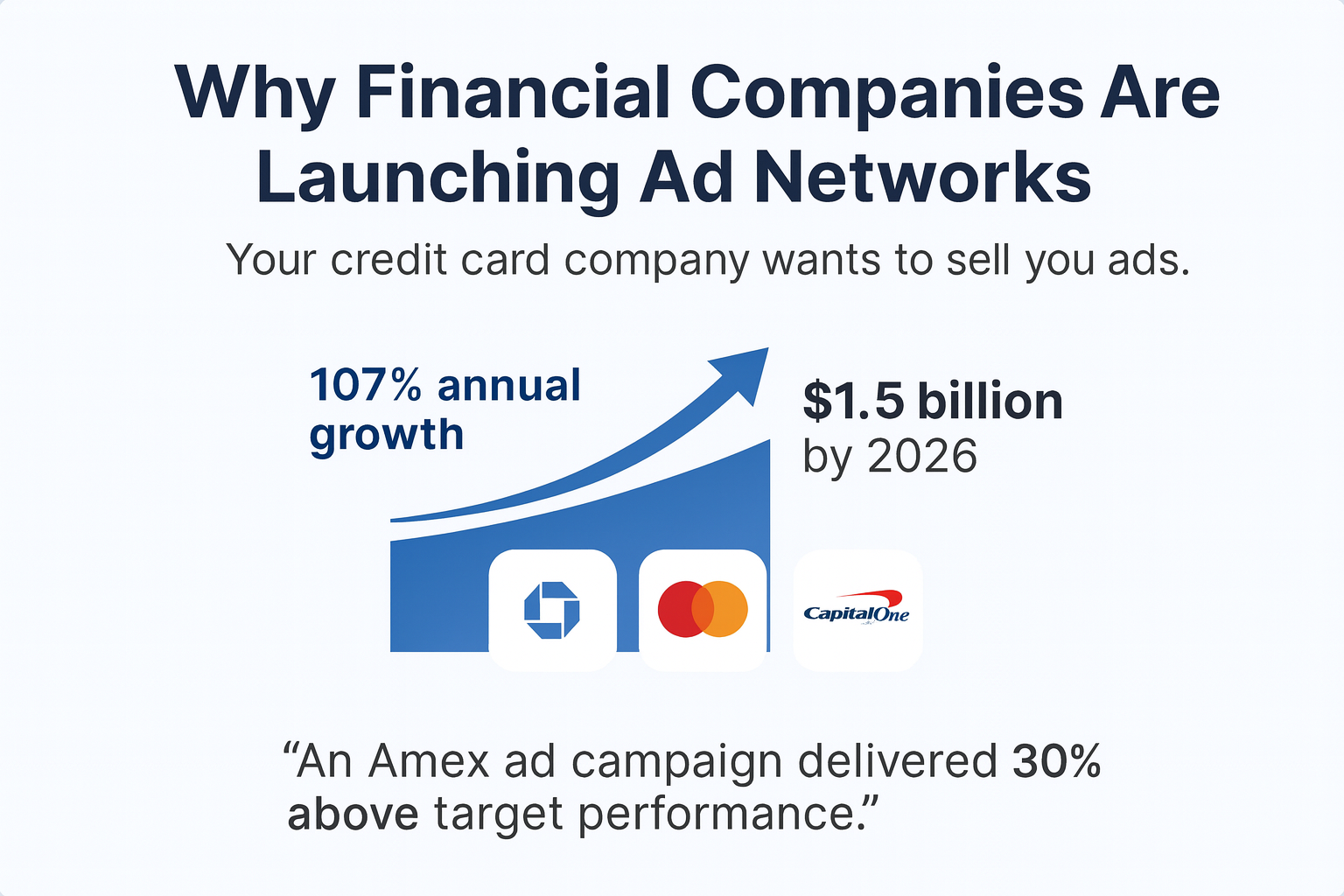.jpg)
Social media platforms have practically become automatic for several marketing experts and professional services companies. Many of the best opportunities for influencing your circle of business contacts are on social media platforms since the globe has quickly moved more and more into digital marketing.
A social media calendar comes in handy for time-constrained marketing practitioners. You are more likely to make typos, tone issues, and other errors when you write and publish content on the run. Setting up a particular period during your working day to draft, edit, proofread, and schedule posts is considerably more secure and efficient.
A successful content combination can be planned with a social media calendar, making your workday less hectic. You might hunt for chances to spread social messaging reinforcement across several channels. Additionally, you'll be able to time your postings to reach the broadest audience.
What is a Social Media Calendar?
A social media calendar is a list of the dates for all of your planned posts on social media. If you're utilizing a social media administration tool, it can take the shape of an interactive dashboard, Calendar events, or spreadsheets.
For each post, a social media schedule typically comprises a combination of the following:
- The day and hour when it will launch.
- The profile and networking site where it will be posted
- Content and visual materials (such as images or videos) are necessary.
- Including links and tags
The Importance of a Social Media Content Calendar
A content calendar can help you arrange your forthcoming material by outlining what and when you will post.
You won't have to worry about coming up with a topic just before you need to get to work and compose your next piece because the deadline is rapidly approaching if you have this document in place.
The following are some of the critical advantages of creating and keeping a content calendar:
1. Maintains Your Organization and Focus
It's not a very reliable strategy to scribble your content ideas on torn pieces of paper, post-it cards, and haphazard notebooks. Additionally, there are so many thoughts and things to consider that it is probable to cause you to lose sight of what is truly important.
You'll understand your overall business model better after creating a content calendar. Your post subjects will be compatible with your social media content and emailing advertising strategies.
Additionally, it will assist you in filling in content gaps and save you from missing your material's target (or a deadline!).
2. Great for Generating Ideas
Some team members may likely experience a creative burst when you begin arranging your content subjects, and you'll come up with a slew of fresh concepts. You can then choose better themes and save some for later.
You can learn much about your audience's interests by tracking and analyzing their involvement and response. You can then apply this knowledge to your information and modify it as necessary.
3. Keeps Things Consistent
Continuity, confidentiality, and consistency may be considered the three Cs of digital marketing. Providing your audience with new, engaging, and relevant material every day is the secret to staying on their radar at all times.
No matter how much your audience enjoys your content, inconsistent posting creates an out-of-sight, out-of-mind situation. A social media calendar tool can be used to keep things organized.
4. Maintains Audience Engagement
While it is possible to wing it occasionally, doing so won't be effective in the long run. When you rush to publish anything, you can forget to see if the subject has already been covered.
Similarly, choosing random topics that don't appeal to your audience reduces engagement. A planned content schedule, however, will enable you to identify such errors and ensure that you only post new and pertinent information.
5. Essential for Staying Informed
It's straightforward to forget some important dates when your daily schedule is so busy. You don't have to know the dates of every event or that.
You'll learn about that from your content schedule, which is set at least a month in advance, in time to create blogs, postings on social media and promotional content so you can keep on top of things.
This strategy will make you less stressed and give you more time to develop the ideal post for the situation rather than scrambling to create something quickly.
6. Offers Departmental Visibility
Sales and marketing are coordinated in successful businesses. According to statistics, these two departments may close 67% more businesses when collaborating.
A content calendar is a helpful tool that will keep your teams informed. Your sales team can observe what the advertising agency is preparing and offer advice on more accurately targeting their audience's pain points.
The executives can also quickly assess whether the scheduled actions are consistent with the overall marketing strategy. This openness is crucial for fine-tuning your compelling content and improving teamwork.
7. Puts Your Social Media Marketing Plan Into Practice
Social media marketing and content are inextricably linked. Using a social media content calendar, you may find your most popular content pieces and employ them in your sponsored social media advertising.
Learn which of your e-books, analyses, visualizations, technical papers, and other helpful material are performing the best naturally on social networking platforms. Then, to reach your target audience, use them for paid advertisement via Facebook advertising, Instagram ads, or LinkedIn sponsored content.
Because Facebook's organic reach has plummeted and your business page now only reaches fewer than 6% of your followers, paid advertising is essential.
8. Monitors Your Achievements
Only if you measure your statistics will you be able to determine the efficacy and effectiveness of your content advertising campaigns and overall marketing activities.
Additionally, it's essential to establish specific standards. You may adjust and polish your material to meet the needs and desires of your viewers by keeping an eye on these statistics.
It's important to note that several well-known digital marketing companies advise creating a content schedule. You can infer they have one if you check their web pages, blogging, and social media accounts.
What Information Should Be in a Social Media Content Calendar?
Let's get to the point and discover how to create a content calendar effectively.
There are many methods you can employ to make them but here are the fundamental components of an effective publishing calendar, regardless of strategy.
1. Making a Valuable Headline
If you want your readers to consider reading the body of your blog post—or any material, for that matter—you better make your headers stand out.
You can use a generic theme to mark that particular entry on your calendar during the initial stages of content generation, but when you begin working on a specific article, pay close attention to your title and headline.
Use a social-media content filtering tool to uncover the most well-liked articles on the web and social media to find different ideas for headlines.
2. Selecting the Ideal Publication Dates
This is essential information, so be careful to keep to your strategy and have clear expectations. You lose out on producing new prospects and sales each time you prolong your deadline.
Of course, we're all driven to polish and refine our content even more. You may simplify the process and prevent perfectionism from entangling you by scheduling publication dates.
Knowing the ideal hours and days to publish on each platform is vital if you plan to use social media to push your content. By doing this, you'll make sure that the appropriate people see your social media updates.
To assist you in determining the ideal time to post on various social media sites and grab the chance to reach and interact with your audience, here are some helpful reads. From this page, discover in-depth analyses of well-known services.
- When to publish anything on Facebook
- Twitter's optimal posting window
- When should I publish on LinkedIn?
- When should I post on TikTok?
- When should I post on Instagram?
3. Select the Data Type
Infographics are loved and circulated three times more frequently on social media than any other information.
Therefore, utilize a content mix incorporating various information forms in your content calendar to fascinate your viewers. Include long and short form information and video, audio, webinar, podcast, e-book, and presentation formats. Webinars are excellent lead generation tools; quick posts can educate your audience on current events, upcoming products, and industry trends.
Each of these forms has a specific function. For instance, lengthy articles of 2000 words or more can be organized as helpful how-to instructions. According to a survey of more than 1 million Search engine results, a first-page result has a total word length of 1447.
4. Add a CTA (Call-to-Action)
Every article you write should include a call-to-action that will persuade your readers to perform the required action and turn. You're missing out on a tone of business prospects if your blog article, image, or clip doesn't include a CTA.
A compelling CTA is essential to direct your promotional efforts toward achieving your final objective. You can use it to assess how well your posts and other activity fit into your entire marketing plan.
5. Issue Tracking Numbers
Finding a mechanism to track the development of the content generation process is essential because it takes time. To keep track of your work, you can use labels like "in progress," "finished," "proofread," "scheduled," and "published."
Using color can be beneficial in conveying the many stages of the development process. This approach is terrific because it allows all parties to quickly assess if operations are running smoothly and identify any possible bottlenecks.
6. Determine Who Is Responsible for Each Deliverable
A content piece must undergo extensive preparation and planning before going live. Each group member is responsible for ensuring the content is finished and released before the deadline given.
Let's consider a little scenario to help you better grasp it. A blog from your team needs to be created and posted on the website within a week. On social networks, it should also be advertised more.
You now want assistance from the following team members, for this generally entails:
- A professional to look for ranking keywords
- A blogger who writes posts
- A proofreader/editor to polish the text by recommending effective changes
- A front-end programmer to create an online blog.
- A copywriter to develop a caption with a call to action.
- A graphic design student to produce pertinent images
- A social networking manager to plan and keep track of the post on all leading platforms with all its components intact.
A content calendar will keep things organized and let stakeholders and executives know who is in charge of what output. Moreover, it specifies when members are required so that they can establish appropriate objectives.
Conclusion
Like other tested marketing strategies, social media will be ineffective if you are inconsistent and don't carry out your plan. The advantages of using your content marketing calendar to monitor your social media activities defend against only partially carried out plans. It helps you make quick adjustments when schedules change and hold your entire squad responsible for your goals.
Creating content is exciting, but if you want to do it right, you can't just wing it. Putting pondering a few ideas on the day before you're about to publish your next article is not a deal that will yield a profit. Additionally, it may eventually harm your digital marketing.
Every piece of content needs to be in line with your entire marketing and branding plan for it to be successful. And to do that and maintain a regular schedule, you need a comprehensive and structured content calendar.
Worksheet and Excel layouts are easily accessible online. However, if you are a start-up business or organization that often updates on social media, utilize a platform to manage your social media content plan from scratch.
You may try it out for free to see how effectively it increases your audience, creates high-caliber content, and successfully shares it. Make use of the social media calendar for business and reap the benefits.
About the Author
Related Article

The Early-Stage SaaS Sales Stack: What You Actually Need (And What's Wasting Your Time)

What Netflix's $72B Warner Bros Acquisition Reveals About SaaS Market Consolidation

.png)




















.png)






















.png)

.jpg)





.jpg)




